10 interesting facts about the Indian currency
All of us spend every day of our life dealing with money and transacting with it. Yet, how well informed are you about the Indian rupee? With a history that dates back to 6th century B.C., the Indian currency has some interesting facts. Here are 10 lesser-known facts for you about the Indian currency:
1. Rs 5,000 and Rs 10,000 currency
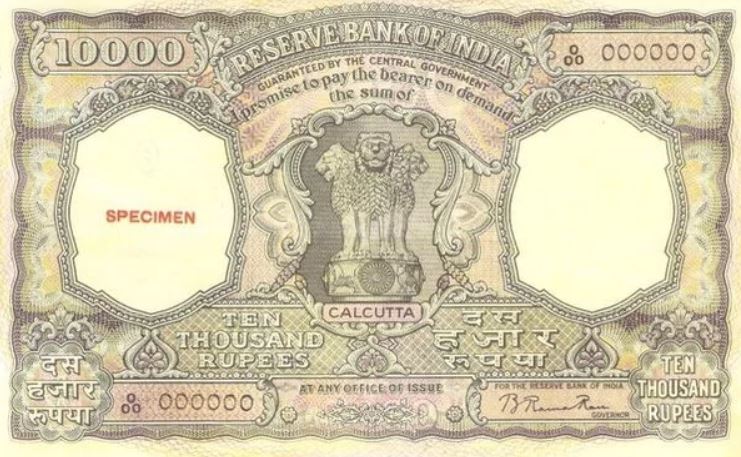 The highest denomination of the Indian rupee that can be printed today is Rs 1,000. However, back in 1938, the Reserve Bank of India (RBI) had printed currency notes with a denomination of Rs 5,000 and Rs 10,000. These notes were demonetized in 1946 and later reintroduced in 1954. In 1978 these were again demonetized.
The highest denomination of the Indian rupee that can be printed today is Rs 1,000. However, back in 1938, the Reserve Bank of India (RBI) had printed currency notes with a denomination of Rs 5,000 and Rs 10,000. These notes were demonetized in 1946 and later reintroduced in 1954. In 1978 these were again demonetized.
2. Paper currency notes
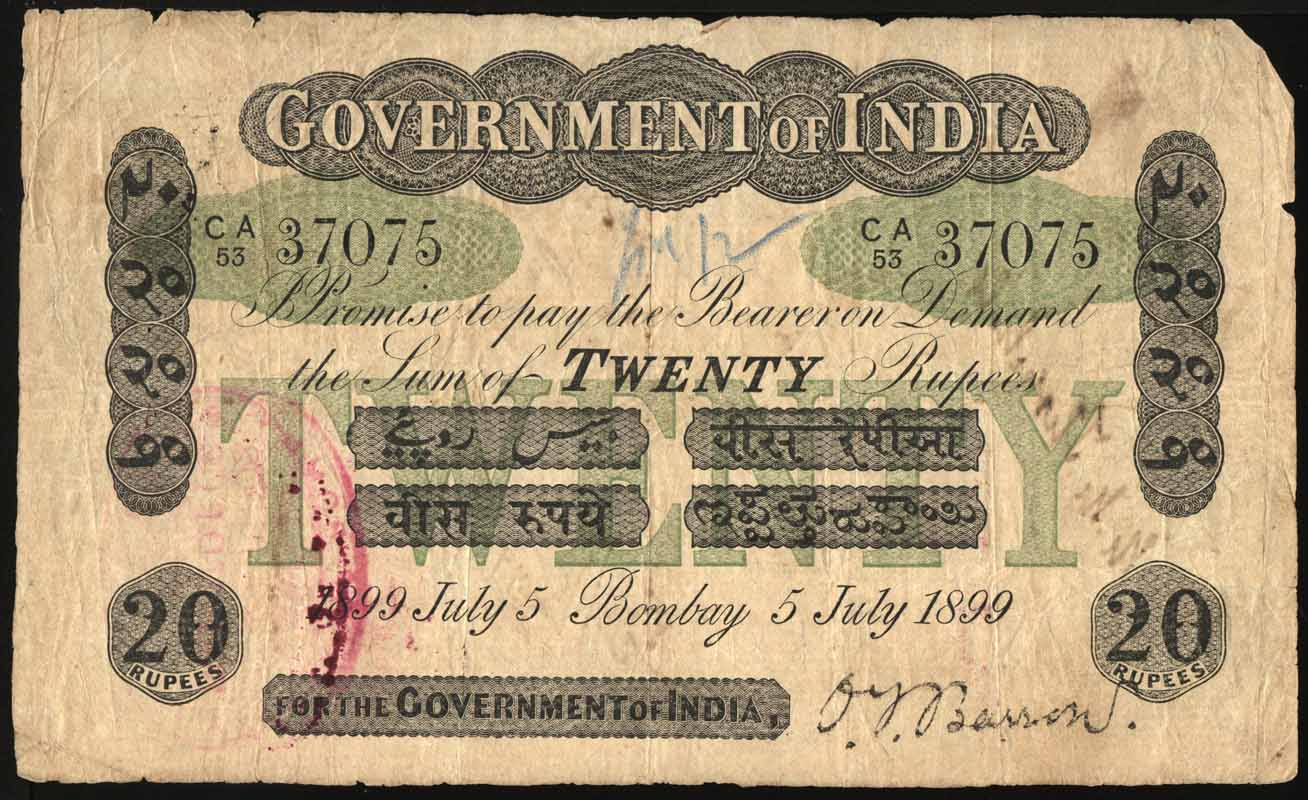
In the 18th century, the first paper currency notes were printed by private banks like Bank of Hindustan, Bank of Bengal, Bank of Bombay and Bank of Madras. After the Paper Currency Act was passed in 1861, only the Government of India had the monopoly to print currency notes.
3. Pakistan’s dependence after Independence
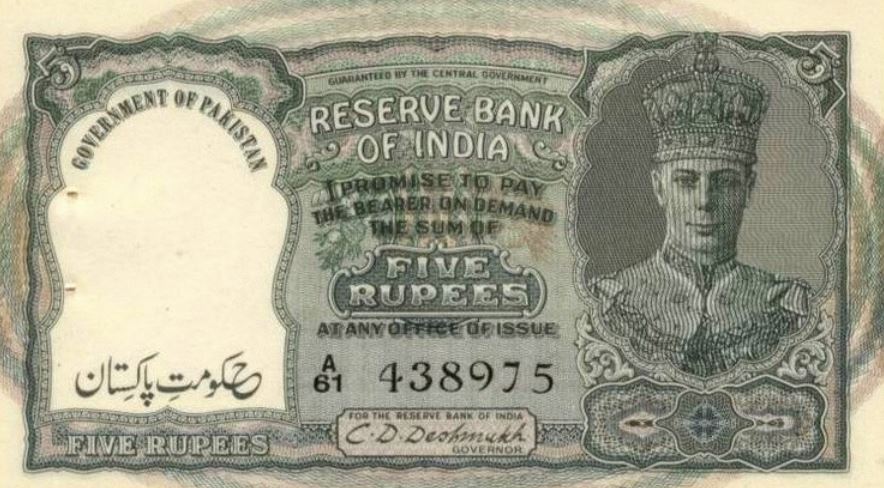
Even after Pakistan separated from India, after independence, it depended on the Indian currency. How? They stamped Indian rupee notes with ‘Government of Pakistan’ until they had enough of their own currency.
4. 1,000 rupee coins
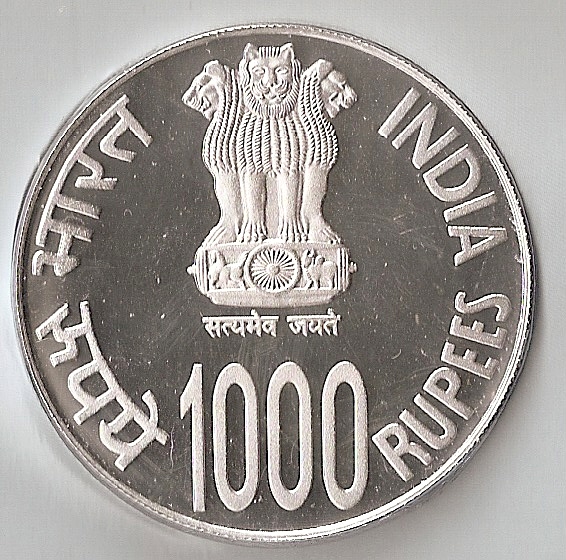
The Coinage Act of 2011 allows issuing of coins up to a denomination of Rs. 1000.
5. The symbol
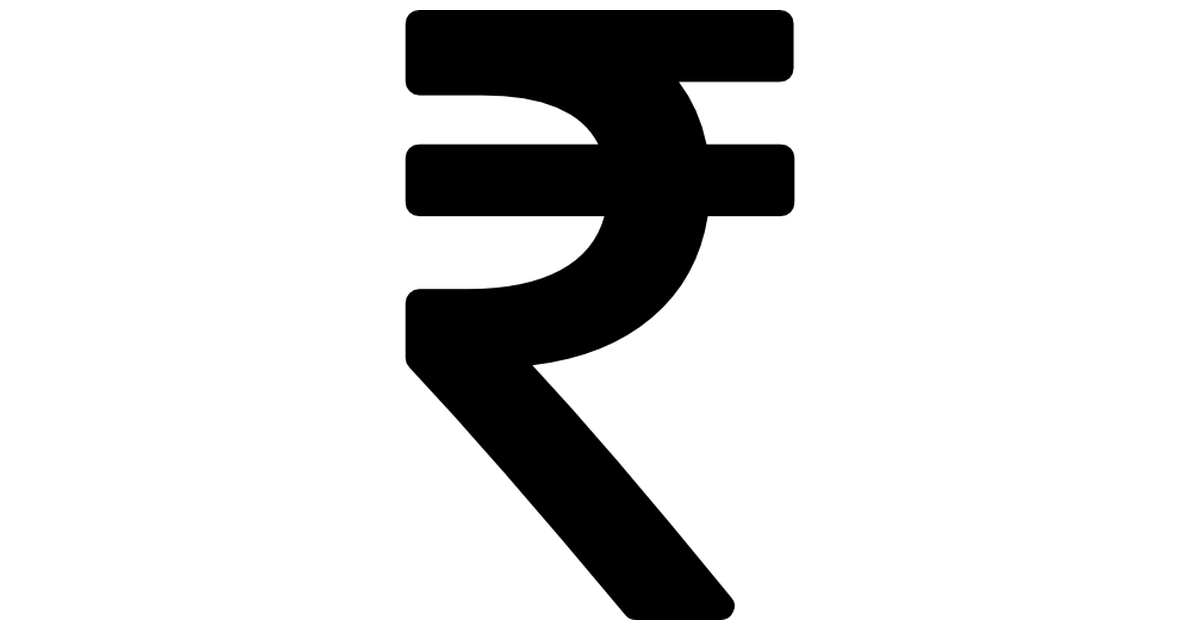
The rupee symbol was designed in 2010 by designer D.Udaya Kumar. The symbol is a combination of the Devanagari and Latin script for letter ‘Ra’. The parallel line gives the symbol a look of the Indian tricolor.
6. 17 languages
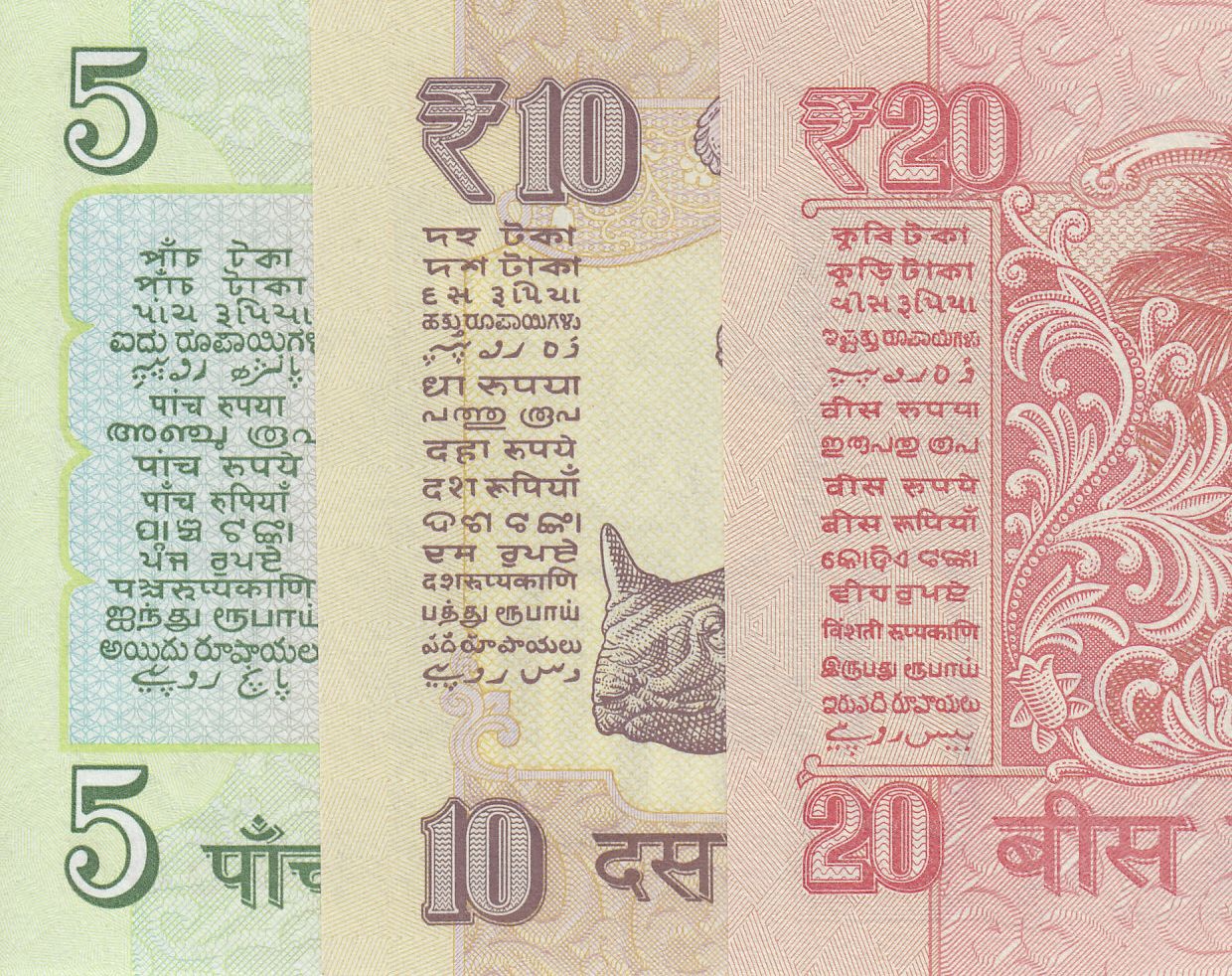
Every rupee note bears 15 languages apart from Hindi and English. The value of the denomination is printed in languages like Assamese, Bengali, Kashmiri, Konkani, Nepali, and Sanskrit to name a few.
7. Mahatma Gandhi’s image
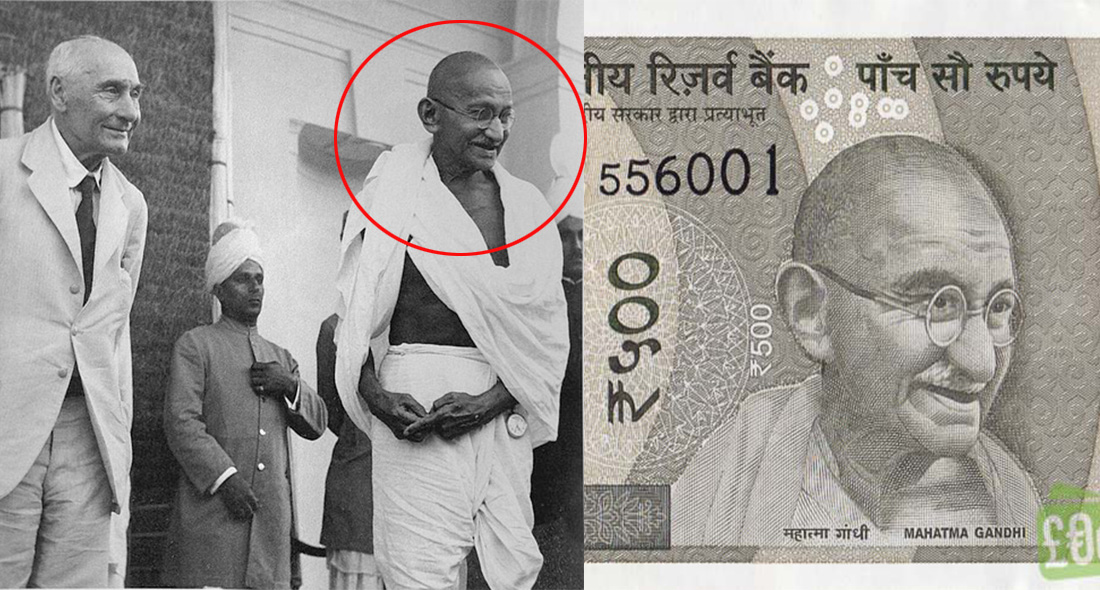
The image of Mahatma Gandhi on the currency notes is not hand-drawn. It is a copy of a photo which was taken in 1947. In the original photo, Gandhiji is smiling at a person nearby. The photo was cropped to be used on Indian rupee notes.
8. The 2007 coin shortage
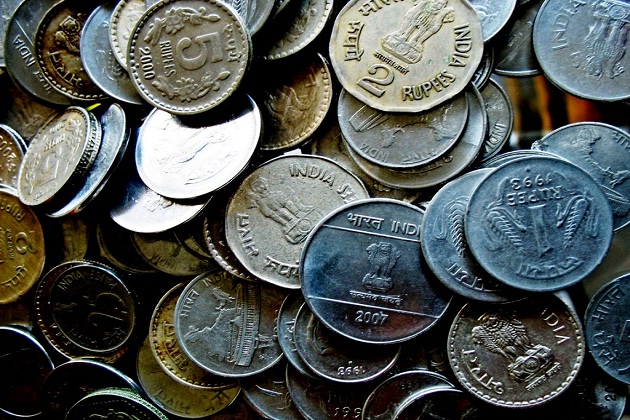
The year 2007 saw an acute shortage of coins in Kolkata. Shopkeepers bought coins at a higher value from beggars to collect change. Indian coins were smuggled to Bangladesh and melted down to make razor blades.
9. Coin minting
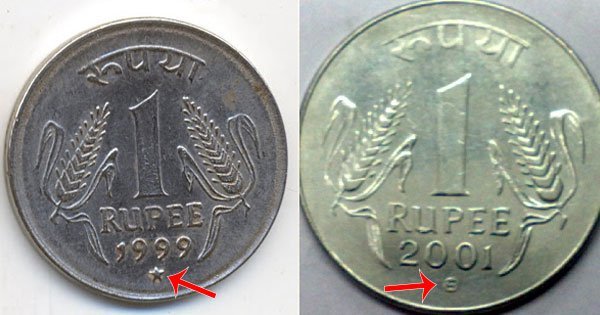
The coins are minted at four locations in India. You can know the location where a coin is minted based on a symbol below the year on each coin. Symbols and the minting locations are: dot – Noida, diamond – Mumbai, star – Hyderabad and nothing – Kolkata. Due to shortages, RBI minted coins from other countries too.
10. One rupee note
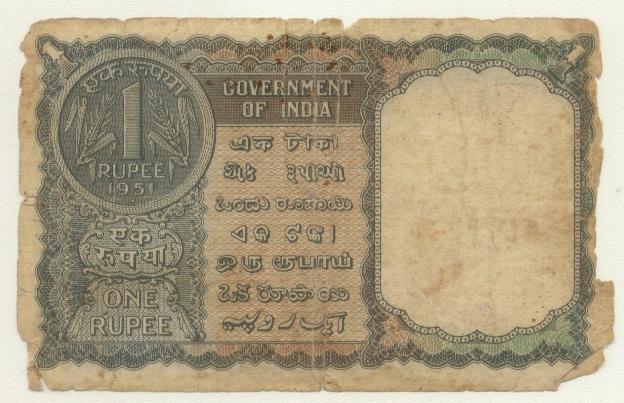
The first banknote printed in independent India was a one rupee note.


















